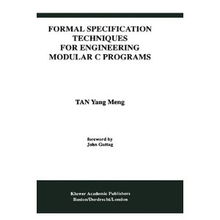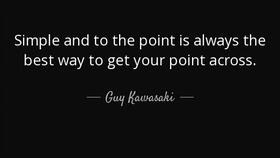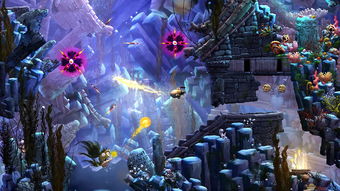本文目录导读:
- Understanding the Basics of Baiting
- Choosing the Right Bait
- The Importance of Location
- How to Build a Bait Pile
- Maintenance and Adjustment
- Conclusion
In the pursuit of a rewarding day on the water, one of the most fundamental skills a fisherman can develop is the art of baiting. Whether you're targeting freshwater species like bass or catfish, or saltwater varieties such as trout or redfish, understanding how to effectively set up your bait is crucial. This article delves into the essential techniques for successful baiting, commonly referred to as "setting up the bait station" or "building a bait pile," also known as "making a bait pile" or "laying out the bait."

Understanding the Basics of Baiting
Before diving into the specifics, it's important to understand why baiting is so crucial. Baiting is the process of attracting fish to a particular area by presenting them with food. By creating a bait pile or a well-placed bait, you can increase your chances of catching fish by enticing them to your spot.
Choosing the Right Bait
The first step in the baiting process is selecting the right type of bait. This depends on the species you're targeting and the environment you're fishing in. Here are some common types of bait:
- Live Bait: Live bait, such as worms, minnows, or leeches, can be highly effective. They mimic natural prey and can be a powerful attractant.
- Artificial Bait: Artificial baits, like lures or flies, can be used to mimic the movement of fish's natural prey. They are often preferred due to their ease of use and availability.
- Dead Bait: Dead bait, such as dead minnows or fish parts, can also be effective, especially for larger fish that feed on other fish.
The Importance of Location
Once you've chosen your bait, the next step is to find the right location to set up your bait pile. Here are some tips for selecting the perfect spot:
- Study the Area: Before setting up your bait, take some time to study the area. Look for signs of fish activity, such as splashes, bubbles, or signs of feeding.
- Current and Depth: Consider the current and depth of the water. Fish often congregate in areas with strong currents or near deep holes.
- Structure: Look for underwater structures like rocks, logs, or brush piles, as these can provide cover and attract fish.
How to Build a Bait Pile
Now that you have your bait and a suitable location, it's time to build your bait pile. Here are some techniques to ensure your bait is set up effectively:
- Distribute the Bait Evenly: When laying out your bait, distribute it evenly around your chosen spot. This ensures that there are plenty of attractants for fish to find.
- Use a Variety of Bait Types: If possible, use a mix of live, dead, and artificial bait. This can help attract a wider range of fish and increase your chances of a catch.
- Consider the Size of the Bait: The size of your bait should match the size of the fish you're targeting. Larger baits are better for larger fish, while smaller baits are better for smaller fish.
- Keep it Natural: Try to make your bait pile look as natural as possible. Avoid piling your bait in a way that looks unnatural or too obvious to fish.
Maintenance and Adjustment
Baiting is not a one-time process. It requires constant maintenance and adjustment to be effective. Here are some tips for maintaining your bait pile:
- Regularly Check Your Bait: Periodically check your bait to ensure it's still fresh and attractive to fish. Replace any dead or decaying bait.
- Adjust Your Placement: If you're not catching fish, consider adjusting the placement of your bait. Move it to a different spot or reposition it to attract more fish.
- Be Patient: Baiting can take time. Be patient and wait for the fish to come to your bait. Sometimes it takes a while for the fish to notice and respond to your bait pile.
Conclusion
Baiting is a fundamental skill that can greatly enhance your fishing experience. By understanding the basics of bait selection, location, and setup, you can increase your chances of catching fish. Remember to be patient, maintain your bait, and adjust as needed. With practice and experience, you'll become a master of the art of baiting and enjoy more successful fishing trips. Happy fishing!












